Innovative Public Transport: Technologies, Trends, Prospects
The global growth of urban population in metropolitan cities has necessitated the capital modernization of the transport infrastructure. It is required to enhance mobility, reduce atmospheric emission of pollutants, and improve urban dwellers’ life quality. This problem solution gets complicated by environmental crackdown. In this material, we are going to consider how the infrastructure of the future will be built, key technological trends, cases of successful implementation of new transport solutions in various countries.
State-of-Art Technologies in Public Transport
Onrush of technologies makes innovative public transport the integral part of the sustainable cities’ future. In recent years, the most attention has been paid to electric and hydrogenic buses. For example, the start of large-scale programs on transfer to electric buses in China and India has enabled to reduce emission of pollutants and cut down operating costs.
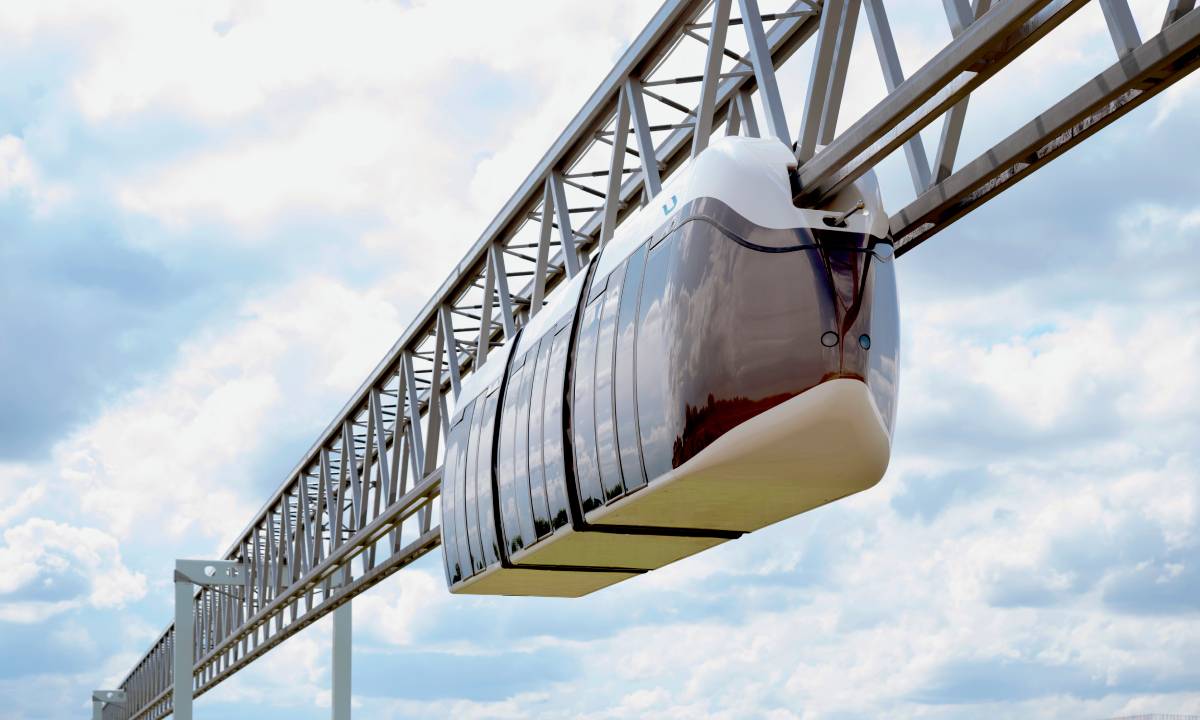
The KAMAZ company in Russia has presented a hydrogenic bus prototype with one-filling fuel capacity up to 250 km that significantly expands the opportunities for its application not only in cities, but on international routes as well.
In Belarus, UST Inc. actively develops string transport. Such solutions are in high demand where effective transport communication with minimal environmental impact is required. The string transport track is located on the second level, and its construction does not require any significant land allotment. Rail-tracked, electrically driven, remotely piloted vehicles on steel wheels move along it. They do not emit pollutants, are controlled via the automated control system, produce low noise.
Remotely piloted vehicles come out into the streets of metropolitan cities, though deployment of fully autonomous buses and taxis still encounters regulatory and technical barriers. In Great Britain, they have adopted a law that defines the producer liability for actions of driverless cars; however, mass-scale deployment of driverless cars has been postponed until 2027. Nevertheless, some European countries are implementing pilot projects for operating driverless trams and buses on certain routes, and they have launched the production of innovative transport.
Intelligent Transport Systems (ITS) become the foundation for digitalization of urban mobility. With the help of IoT-sensors, computer-assisted instructions, and the incoming data analysis, transport operators optimize routes, control traffic, and build forecasts of passenger traffic.
In China and Moscow, the passenger traffic data collected using chipped tickets and video cameras enables to form new routes, minimize hold-ups, and enhance transport accessibility for various population groups.
What Innovative Technologies Are Applied on Transport?
Vactrain designs, which offer the revolution in public transport, stand out among transport innovations. Though their commercial operation has not started yet, prototypes are tested in the USA, UAE, and Europe, and the investment interest in such technologies remains at a high level.
Aero taxis and flying cars designed in the USA and Europe become a reality thanks to progress in the field of electric traction, autonomous control, and light composite materials. The largest auto groups and startups test drones for passenger transportation in urban agglomerations that may change the urban mobility structure and reduce loads on the ground infrastructure in the future.
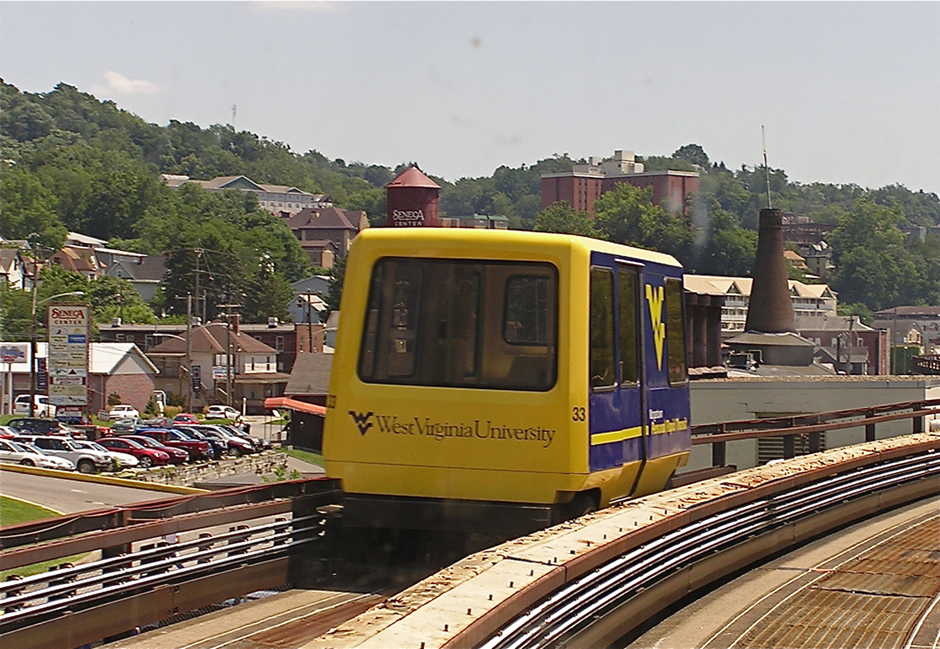
Personal Rapid Transit (PRT) is one more direction actively developed in London and a number of the Asian countries. Compact autonomous capsules, moving along the designated tracks, provide for customized routes and reduce time in transit while integrating with other public transport types.
uST complex is one of the alternative lines in development of innovative public transport capable to change fundamentally the image of cities and intercity connections. This technology developed under the leadership of the Belarusian engineer Anatoli Unitsky represents an interconnected complex consisting of a string overpass, rolling stock – rail unmanned vehicles ( uPods), and the automated control system.
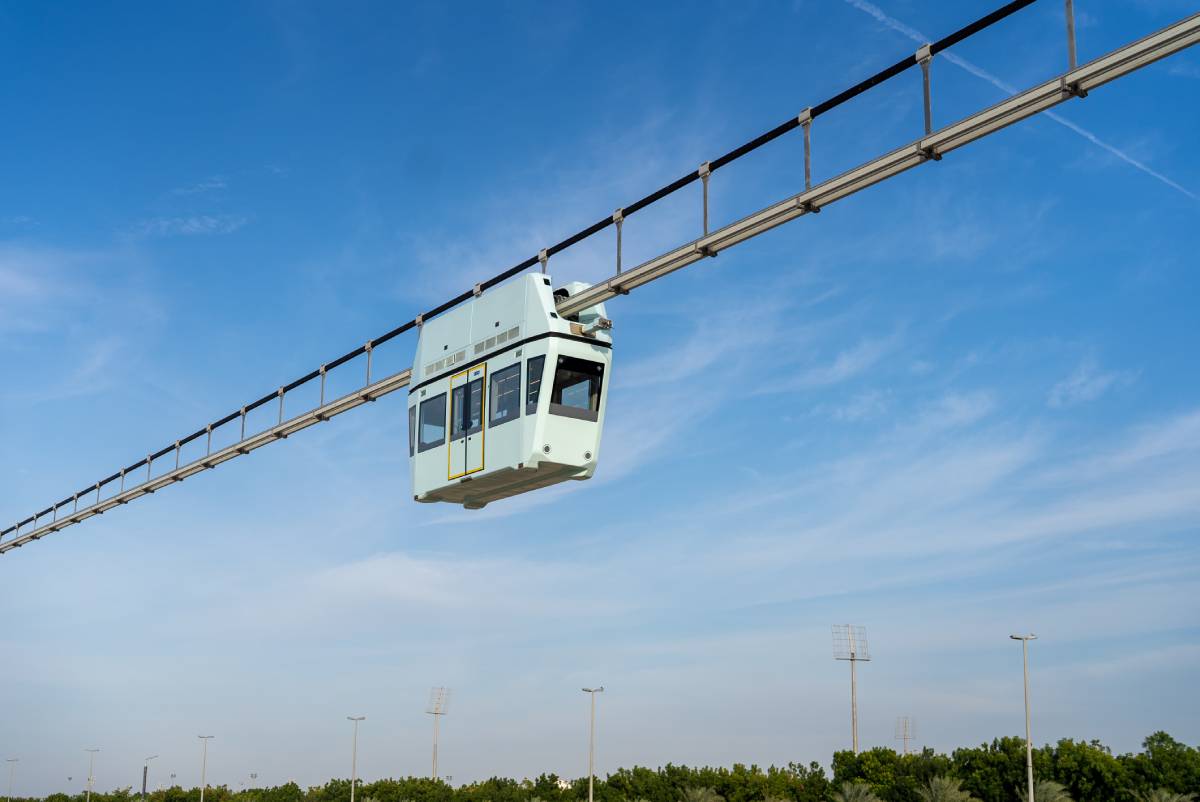
As different from the traditional railroads or monorails, the overpass of the complex consists of pretensioned steel cables enclosed in a beam and poured over with composite material that provides for high strength and minimal structure weight. In fact, it is inexpensive high-speed urban transport.
The space under the overpass remains accessible for pedestrians, parks, agricultural or other infrastructure that is particularly topical for densely built-up neighborhoods and complex terrains, including deserts, permafrost regions, and mountainous areas.
uPods as an alternative urban transport may speed up to 80 to 120 km per hour, which is considered optimal in order to move between the districts fast and comfortably.
The economic efficiency of string transport is conditioned by low construction and operating costs, and its productivity exceeds that of ground and air public transport.
The pilot string transport projects are implemented in Belarus (EcoTechnoPark in Maryina Gorka), UAE (uSky Innovation Center in Sharjah). The construction of long-distance tracks for passenger and cargo transportation, including containerized cargo transportation and servicing of remote regions, is studied in depth in some Russian regions.
Innovation Implementation Cases
Singapore is considered as the gold standard for integration of various innovative transport types with the use of smart technologies. There, they have implemented the Mobility as a Service (MaaS) system that unites metro, buses, taxis, and carsharing into a single digital platform. It enables passengers to plan routes, pay for trips, and obtain real-time information, and makes it possible for transport operators to manage traffic and resources more efficiently. It is no question that the Smart Transport - Smart City bundle is the image of the passenger transport of the future.
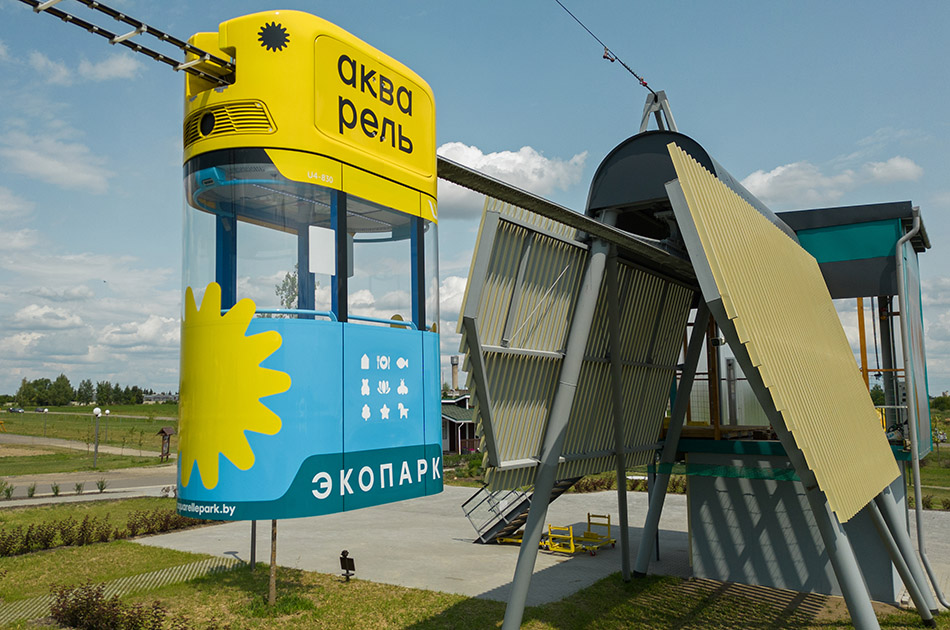
In Stockholm, the accent is made on development of electric ferries and deployment of the new-generation urban electric transport. The city invests actively into the infrastructure for bicycles and electric scooters, and into public transport electrification projects that contribute to CO2 emission reduction and improvement of urban environment.
Moscow displays successful examples of driverless trams deployment, bicycle infrastructure development, and route control digitalization. There, they actively use big data and artificial intelligence in order to optimize schedules and enhance passenger comfort. The city has become the world leader in the number of electric buses and implementation of innovative solutions in the area of navigation and safety.
The first uST complex–named uLite–operates in Maryina Gorka, Belarus that serves to hold excursions in the Aquarelle Ecopark. Features of the complex, such as environmental compatibility and minimal requirements for land allotment have allowed it to fit ideally into the green landscape of the Ecopark. One more uST complex is planned for construction in the sanatorium Sosny. The string transport will transport the holidaymakers from the main building to a new spa complex.
Social and Ecological Aspects
Deployment of the innovative public transport impacts the employment and the structure of the settlement: there appear new professions in IT sphere, data analytics, maintenance of autonomous systems. Meanwhile, demand for traditional professions of drivers and maintenance staff reduces that would require adaptation of educational programs and HR re-training.

Ecological benefits from innovative urban transport types are obvious:
greenhouse gas reduction, noise reduction, improvement of air quality in cities. However, new technologies require the development of infrastructure for charging docks for high-speed urban transport, battery disposal, and solving cyber security issues.
Changes in the infrastructure of metropolitan cities and life style manifest themselves as the growth of popularity of urban mobility as a service, reduction in number of private cars, and formation of new urban mobility models oriented towards integration of various transport types and enhancement of urban environment quality.
In What Manner Will Urban Transport Change?
The innovative public transport becomes the driver for sustainable development of cities, contributing to environmental impact reduction, increasing transportation efficiency and comfort. In the nearest 10 to 20 years, it is expected to have mass-scale deployment of electric and hydrogenic buses, development of autonomous transport systems, ITS and MaaS integration, as well as appearance of new urban mobility forms — from vactrains and aero taxis to string transport. All these developments enable to picture how urban transport routes will change.
More news
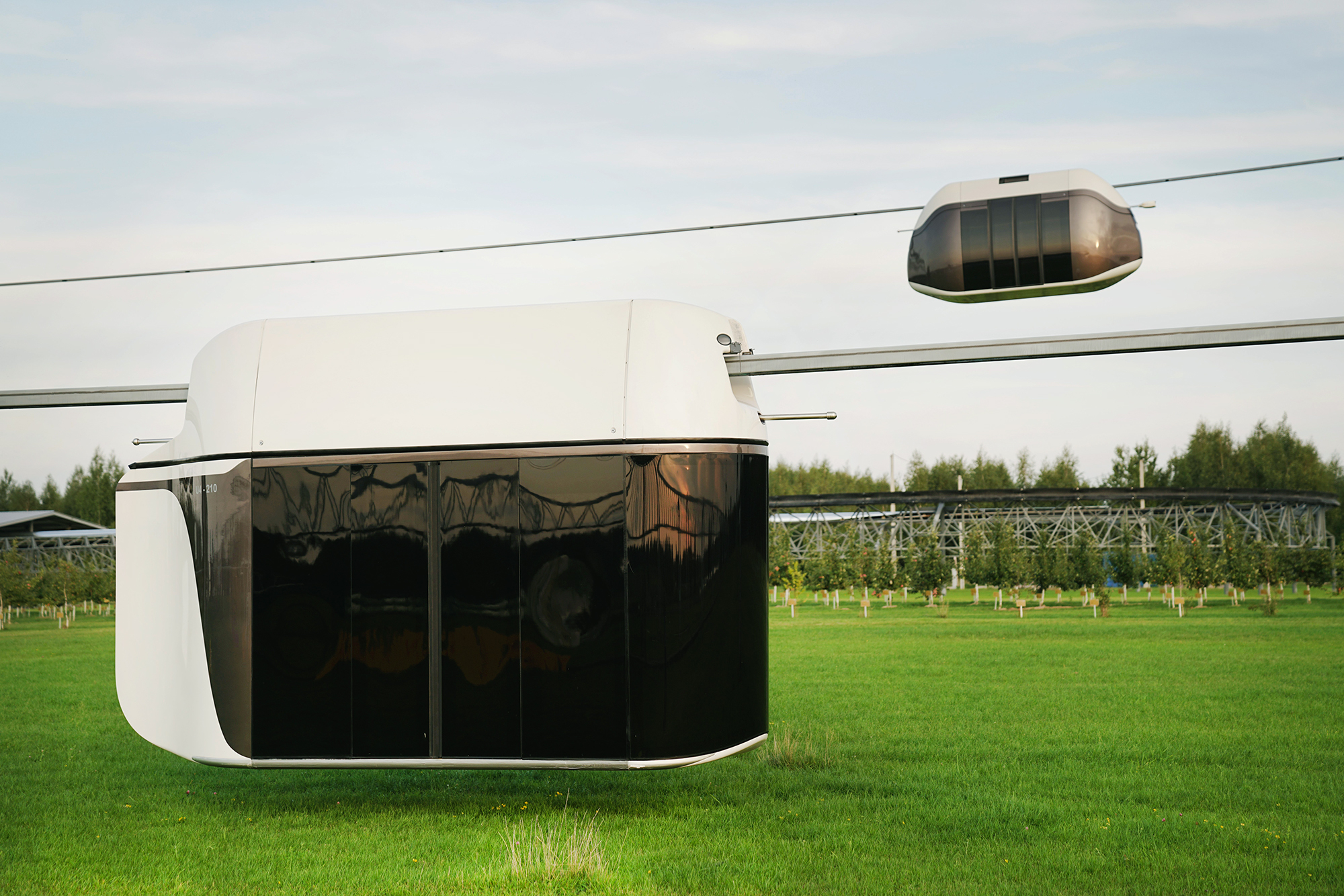
News
19 April 2022
Unitsky String Technologies Inc. Has Tested a Unique Development – an Eddy Current Retarder
The company has recently tested an eddy current retarder. This device, developed by Unitsky String Technologies Inc., complements the string transport braking system. What is its uniqueness? The retarder, unlike the existing analogues, operates without electricity.
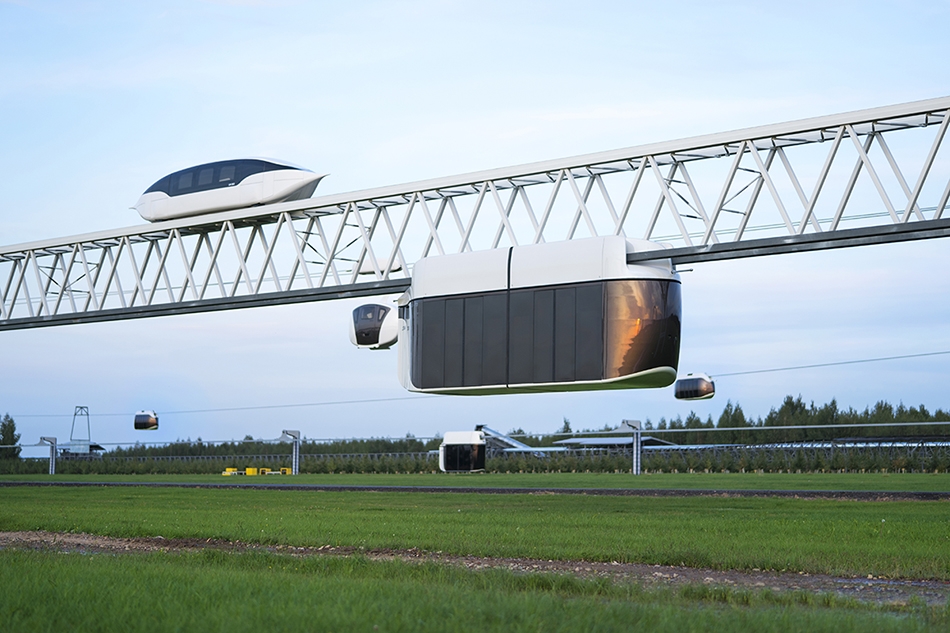
News
9 Junе 2025
State Standards Have Been Approved for Cargo and Passenger uPods
The existence of these documents enables voluntary certification, significantly increasing the trust of potential customers and partners.
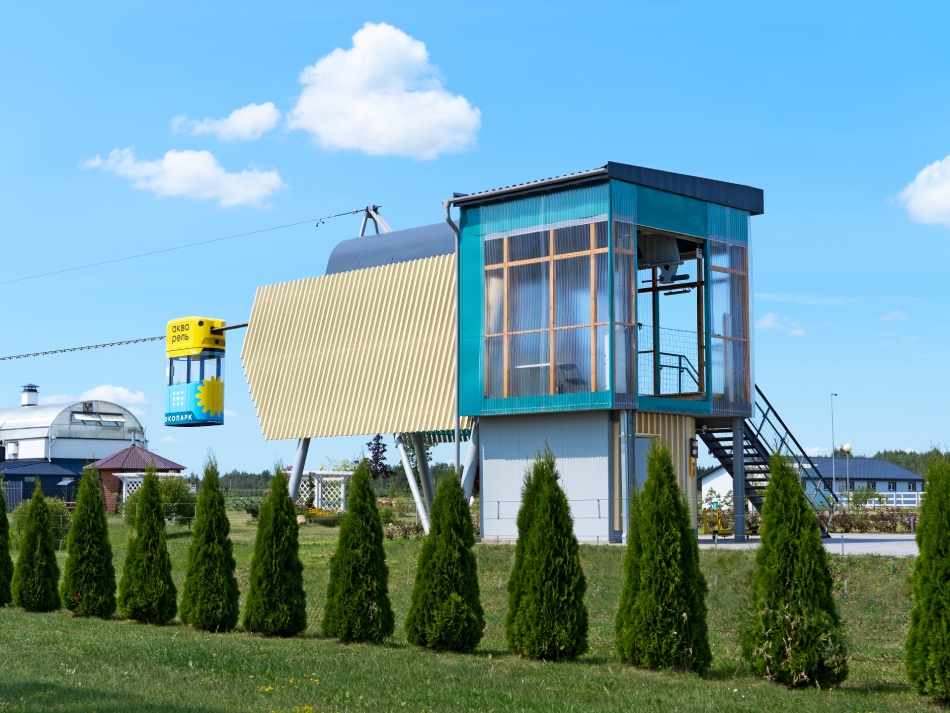
uLite
20 May 2025
Lightweight, Cost-Effective, Fast: There Are 5 Interesting Facts about the uLite Complex
Today we focus on the interesting facts about the company's first project to apply in the business sector.

